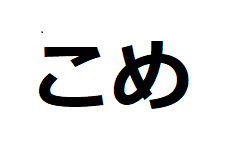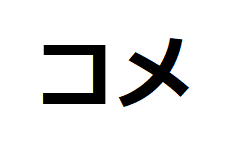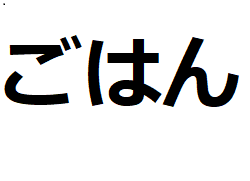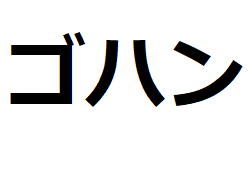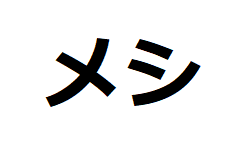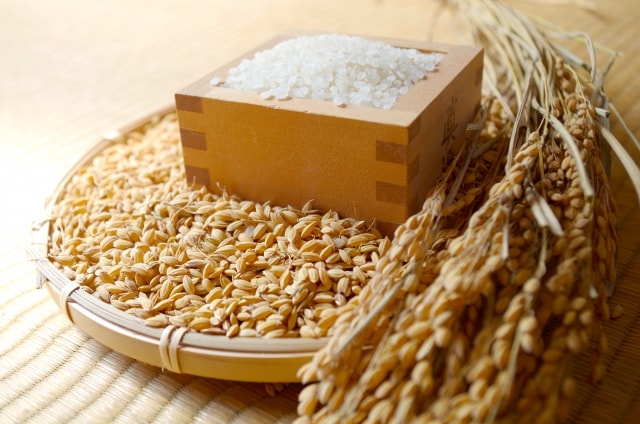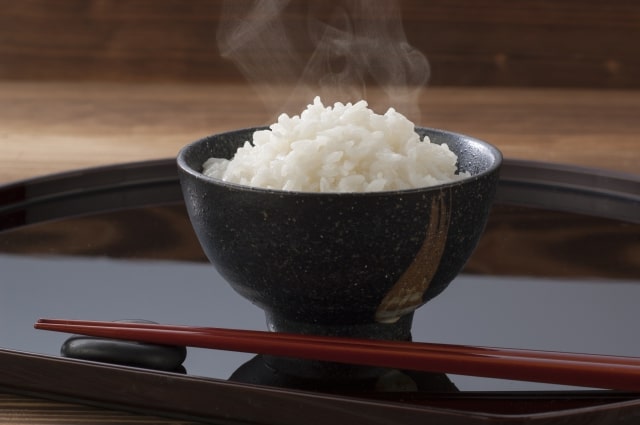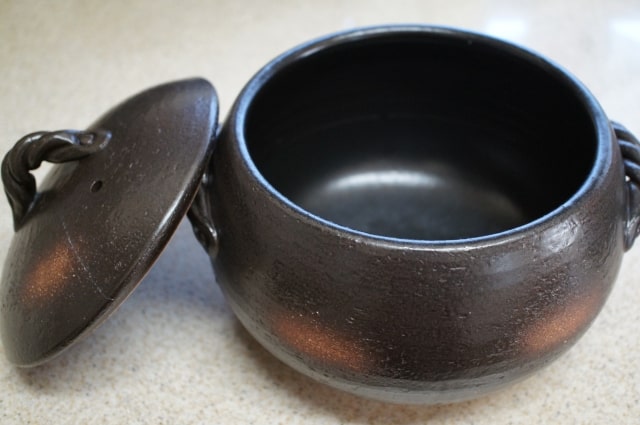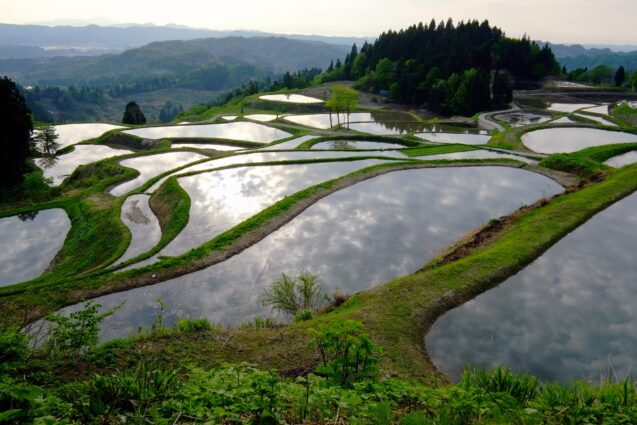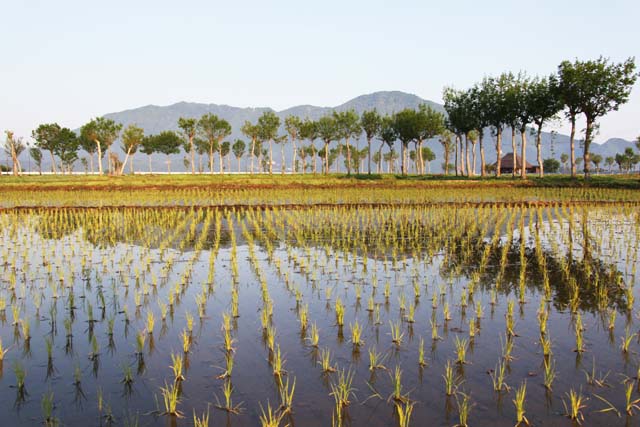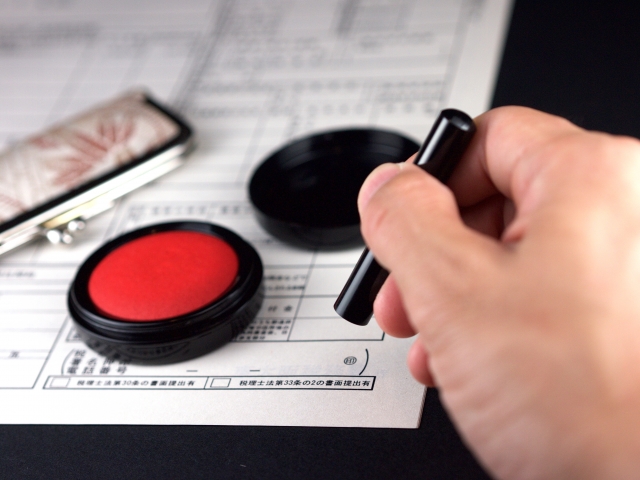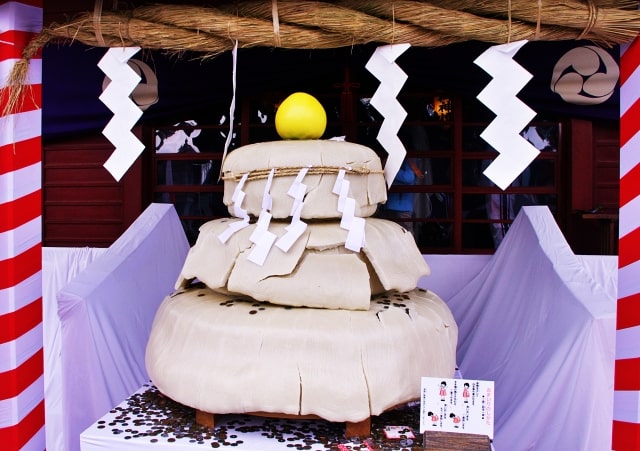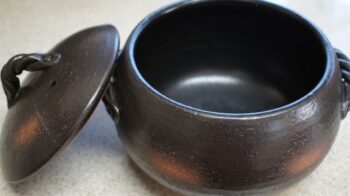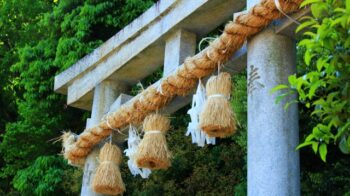Japanese Rice
1. History
Rice, which came to Japan about 3000 years ago, had mainly two different origins: Japonica and Indica.
The former has the round appearance, whereas the latter the long.
At the beginning, they cultivated these two together.
But the subtropical Indica didn’t adapt itself to the Japanese climate and the japonica came to be more and more popular.
Japonica
Although Japonica is very demanding, the yield per hectare is very high.
The more we spend the care, the more we can harvest.
Undoubtedly, this characteristic has nurtured the diligence of Japanese people.
Cooking method
How did they cook rice?
The first thing we have to note is that we ate it without flouring (although today rice flour has become gradually popular).
Red rice
Basically, people cooked rice in the style of porridge called himei.
But for celebration, they steamed rice using a cooking pot called koshiki which was introduced into Japan from China in the 5th century.
Since celebration meant sacred events in those days,
they placed the steamed rice before the family shrine.
Then, when the ceremony was over, they divided it among family members and ate it together.
As this special rice was reddish, it is widely believed this is the origin of red rice (sekihan).
White rice
As time progressed, they began to polish rice.
By polishing, it becomes softer and sweeter.
Today, we commonly eat white rice in our daily life.
However, unpolished one, what we call brown rice, has higher nutritional value than polished one.
Because nutrients included in the surface such as vitamin B are removed when it is polished.
Recipe
If you are interested in cooking, click the photo.
You can find the recipe of both red rice (sekihan) and white rice.
Red and white.
As our national flag shows, we love this colour combination and consider it auspicious.
2. Rice terrace -Tanada
We’ve always made greatest efforts to enlarge the paddy fields.
Even to the mountain side, or to the cold northern region, such as Hokkaido.
What is noticeable among them is a unique style of paddy field called Tanada.
Literally, it means rice terrace.
To tell the truth, this Tanada occupies about 220,000ha across the country, which means 8% of all the paddy fields in Japan.
Why are there so many Tanada in Japan ?
The reason is quite simple.
Because roughly 70% of the country is covered with mountains.
Therefore, we have had a necessity to cultivate even mountain slopes or valleys.
Go up and up, just like a stairway to heaven.
Thus, Tanada is a heritage that unites the wisdom and efforts of our predecessors.
– Video
Here you can find a video of Tanada in Miyazaki prefecture.
Incidentally, we call this place “Tanada of Hermit ” or “Machu Picchu in Japan”.
3. Rice and Mentality
As above Tanada shows, we’ve always tried hard to cultivate rice.
By the way, do you know what is most important in its cultivation?
It’s water.
Because rice remains in the water for about 3-4 months.
In April, we sow rice grains in ordinary fields. But when they germinate and become seedlings, we transplant them to paddy fields which are filled with water. There, they remain until harvest time.
Therefore, careful irrigation is indispensable.
But, in the past, it was almost impossible for a family to push it through by themselves.
Such a circumstance has had a profound influence on our mentality.
1) love for community
Generally speaking, we love community.
Because we had to belong to a local community to get a good harvest for a long time.
Since banishment meant death, we always tried hard to keep good relations with other members.
Later, as technology develops, the situation has dramatically changed.
However, this mentality has not changed so much until today.
For the majority of Japanese, it is quite important to belong to a community and in many cases, it means a company they work for.
2) love for unanimity (Nemawashi)
Secondly, we love the unanimity of the group.
Even in modern companies, the decision is rarely based on individual responsibility and the process called “nemawashi” is often used to get a consensus.
“Né” means roots.
Originally, the word “né-mawashi” is used in gardening and it means “digging around the root of a tree before transplanting it”.
But today this word generally means “behind-the-scenes negotiations”.
In the process of né-mawashi, they make actual decisions and after the né-mawashi, the protocol meeting takes place.
After all these processes, they circulate a document on which they press their stamps called “Hanko“.
Incidentally, in Japan, the impression of Hanko has the same legal value as the signature in other countries.
3) Rice and Shinto
Speaking of the influence of rice on Japanese mentality, we can never forget the existence of Shinto.
Although Shinto is widely accepted as the indigenous religion in Japan, it is a bit too ambiguous to be called a religion.
Because little is known about its origin and Shinto remains mysterious even for Japanese.
But in any case, according to a Shinto legend, a grandson of the Sun Goddess (Amaterasu) brought rice ears into Japan to nourish the people living there.
For the stories about Shinto, visit here
⇒Rice and Shinto
4. Kanji and Kana
1) Kanji
To learn Kanji (Chinese characters) is always interesting and beneficial to understand what the word means.
Through Kanji, we can virtually grasp not only the meaning of the word, but also the background it was born in.

Kanji for rice is 米 and we pronounce it as komé.
According to the most supported theory, 米 illustrates a spike with 6 seeds.
When I was a child, I believed that there was a close relationship between 米 and 木 which means tree.
However, the above story cleared up my misapprehension, even if 6 seeds in a spike cannot satisfy me.
By the way, we give another name for cooked rice.
It’s Gohan.
Specifically, Go(ご) is an honorific prefix and Han (飯) means rice or meal.
Interestingly, the word Gohan doesn’t indicate only cooked rice. It also indicates the meal itself.
Only from this fact, we can infer how important rice is in Japanese life.
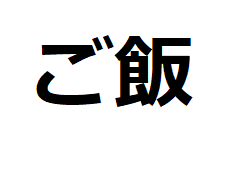
On the left part of 飯, you can find 食 which means eat.
On the other hand, on the right part, you can find 反 which means a lid and hands.
In total, 飯 means foods served with a lid after being cooked with hands.
Actually, we also pronounce 飯 as meshi.
The meaning of Gohan and Meshi is almost the same. But when we choose the pronunciation Meshi, we never add an honorific prefix Go(ご). Because Meshi is a brusque expression. On the other hand, when we use the pronunciation Han, we have to add an honorific prefix Go(ご). Without Go(ご), we can not understand what you mean.
2) Kana
There are two phonograms (kana) in Japanese: 1) Hiragana and 2) Katakana.
According to the most supported theory, both of them were formed by adopting one element of a Kanji character with similar sounding.
Originally, Hiragana were only for women. But today, it has by far the wider usage. As for 2) Katakana, we use it mainly for foreign origin words.
Incidentally, there are 46 characters in both Hiragana and Katakana systems.
Hiragana for komé is こめ and Katakana is コメ.
As for Gohan, Hiragana is ごはん and Katakana is ゴハン.
By adding ゛to Kana, it change its sound from Ko to Go.
Lastly, as for Meshi, Hiragana is めし and Katakana is メシ.
